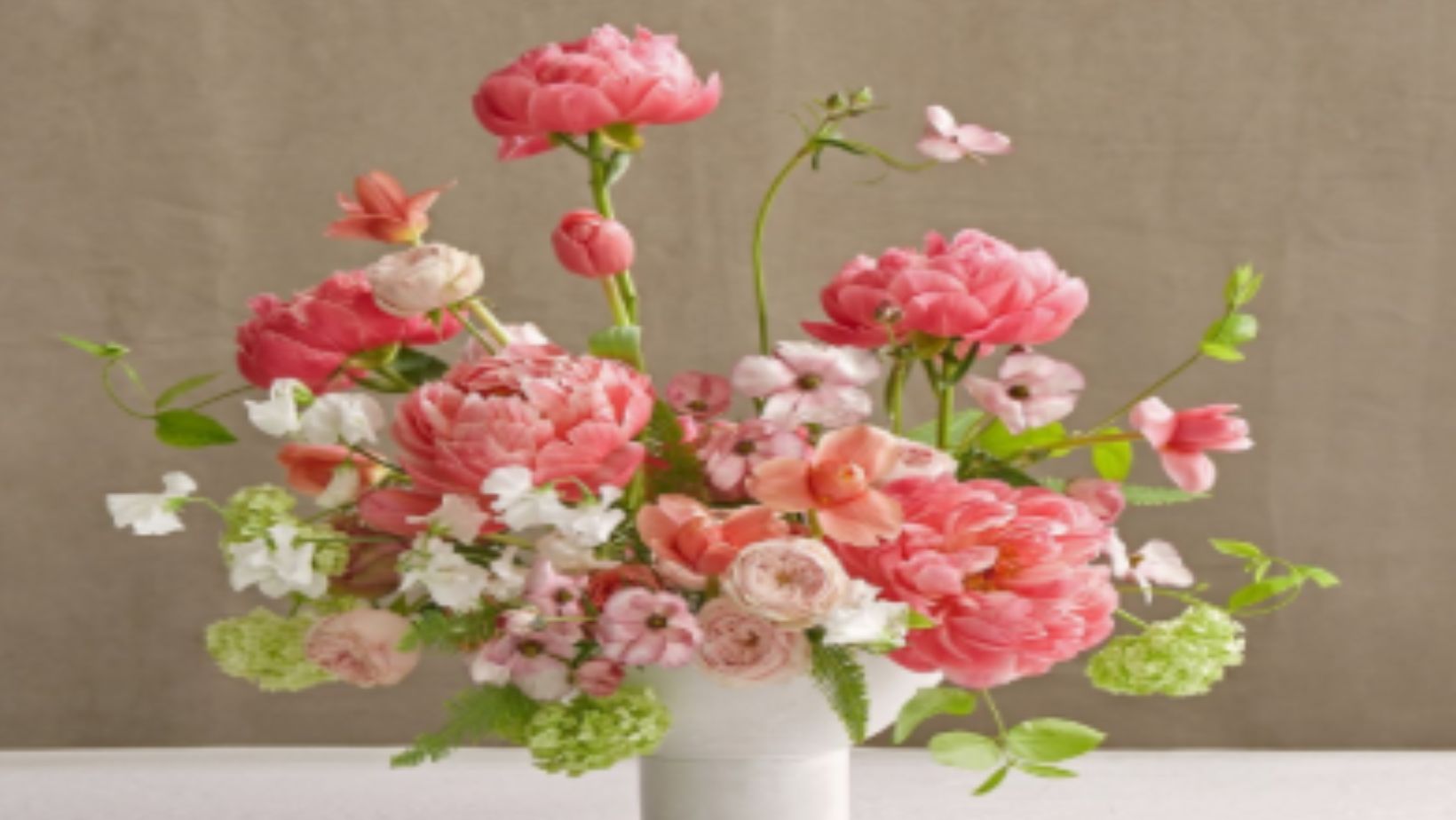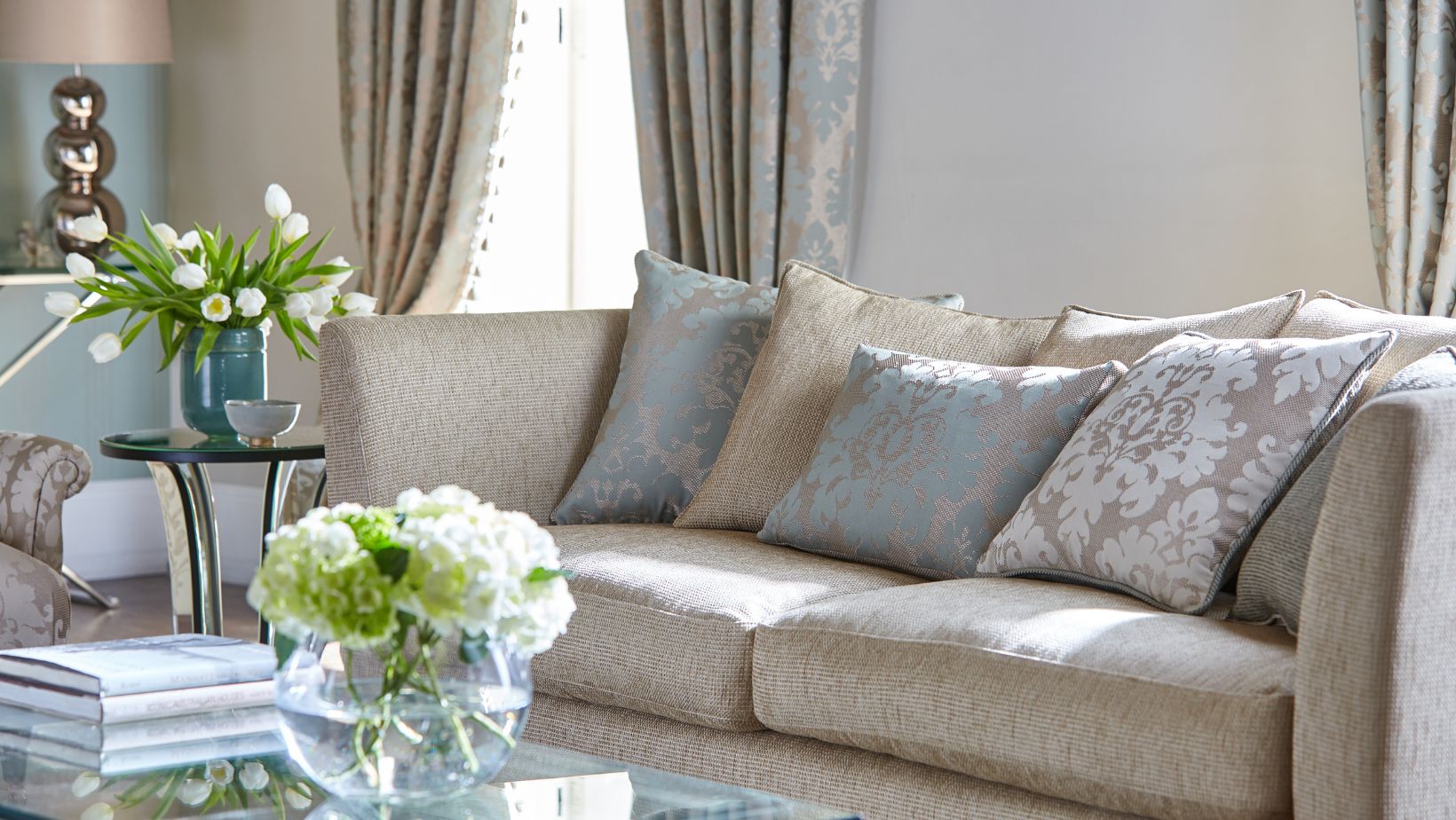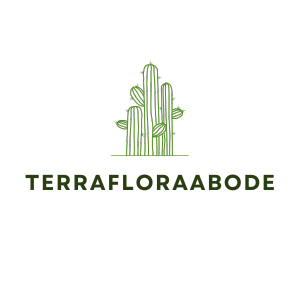
Flowers as Part of Your Interior Palette: How to Match Bouquets with Your Home Style
A home reflects the soul of its inhabitants, and every object placed inside carries emotional weight — especially flowers. More than temporary décor, blooms can harmonize with a room’s style, echo its color story, and subtly shift the energy of the space. Whether it’s a soft Scandinavian corner, a bold maximalist lounge, or a serene Japandi bedroom, selecting the right big flower bouquet can tie everything together with elegance and intention.
The Psychology of Color and Petals
Color affects mood — and flowers add instant impact without the need to repaint a wall or buy new cushions.
Warm interiors (terracotta, mustard, deep wood tones) pair beautifully with sunflowers, dahlias, or marigolds, enhancing coziness and energy.

Cool-toned rooms (grays, blues, sage greens) are complemented by hydrangeas, lilacs, or white roses, creating a calming and serene flow.
Neutral or minimalist spaces benefit from a pop of color — think a vivid coral peony or a burst of violet anemones to break the monotony with flair.
Matching Bouquets with Home Styles
Scandinavian or Japandi
Go for soft neutrals and minimalist bundles — eucalyptus, baby’s breath, white tulips, or blush ranunculus. These florals blend seamlessly with pale wood, light fabrics, and clean lines.
Boho & Eclectic
Choose wild-looking arrangements with varied textures: dried flowers, pampas grass, protea, and berries. They resonate with layered textiles, woven baskets, and earth-tone palettes.
Modern Glam or Art Deco
Accent with luxurious blooms like orchids, roses, and calla lilies in bold jewel tones — burgundy, gold, and emerald. Use structured vases with metallic finishes for a polished look.
Rustic Farmhouse
Opt for casual, freshly-picked style arrangements with sunflowers, lavender, and daisies. A bouquet in a ceramic jug or tin watering can will complete the cozy, lived-in feel.
Vessels, Textures, and Repetition
A bouquet doesn’t live in a vacuum. Think of the vase as part of the design — do you want a glass cylinder for a modern edge or a clay pot for a rustic look? Repeat flower tones in nearby textiles — like a pink throw or a saffron cushion — to build a cohesive visual story.
Flowers can also change with the seasons, allowing your space to evolve organically: pastels in spring, vivid oranges in fall, icy whites in winter.
Final Petal: Flowers as Flexible Design Tools
Flowers don’t just decorate — they communicate. They tell a story, reflect your mood, and invite a sense of beauty into daily life. Matching blooms to your home’s color palette is a small act that carries big aesthetic and emotional impact. And the best part? Unlike paint or furniture, you can change them as often as your mood shifts.



